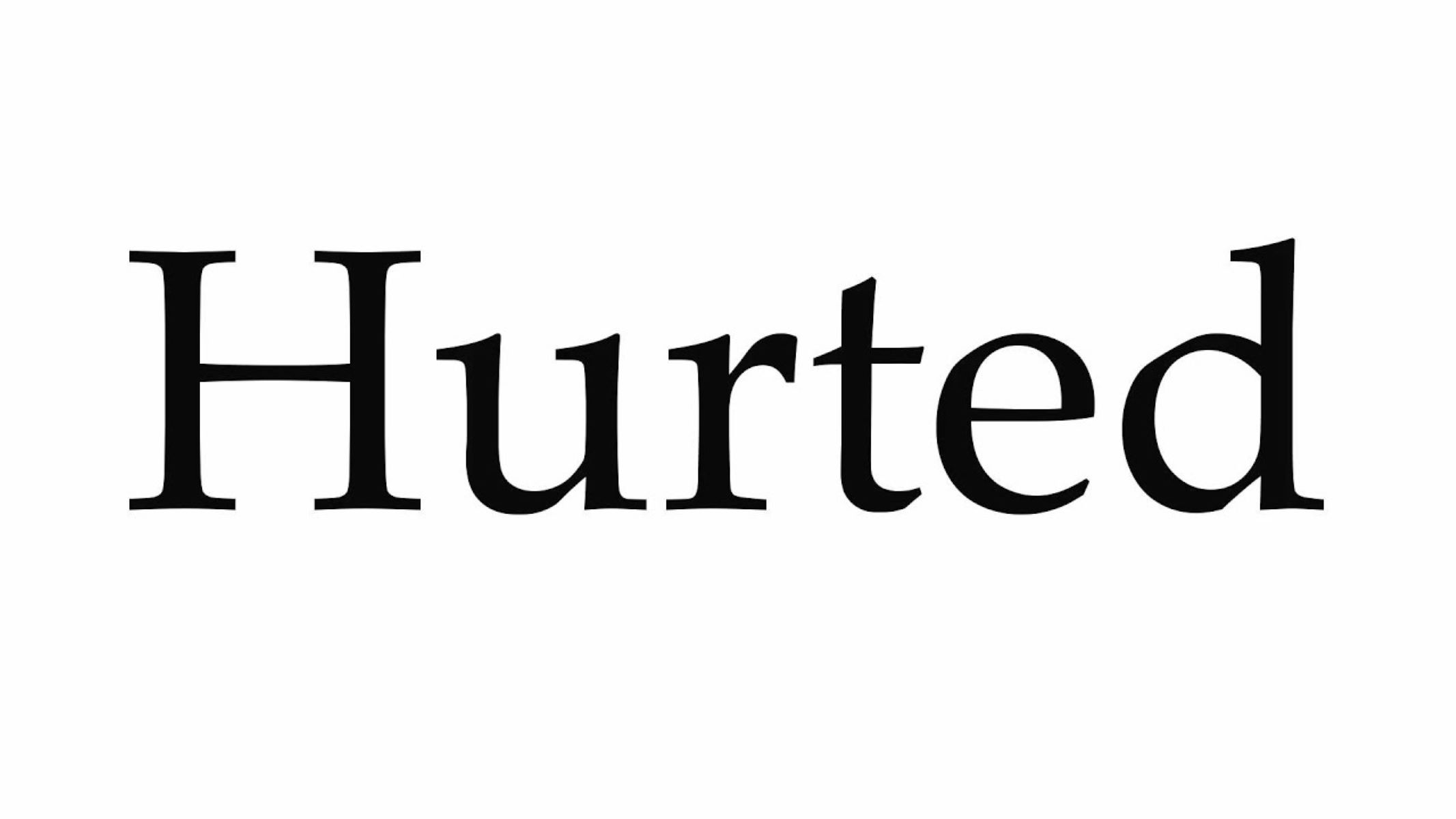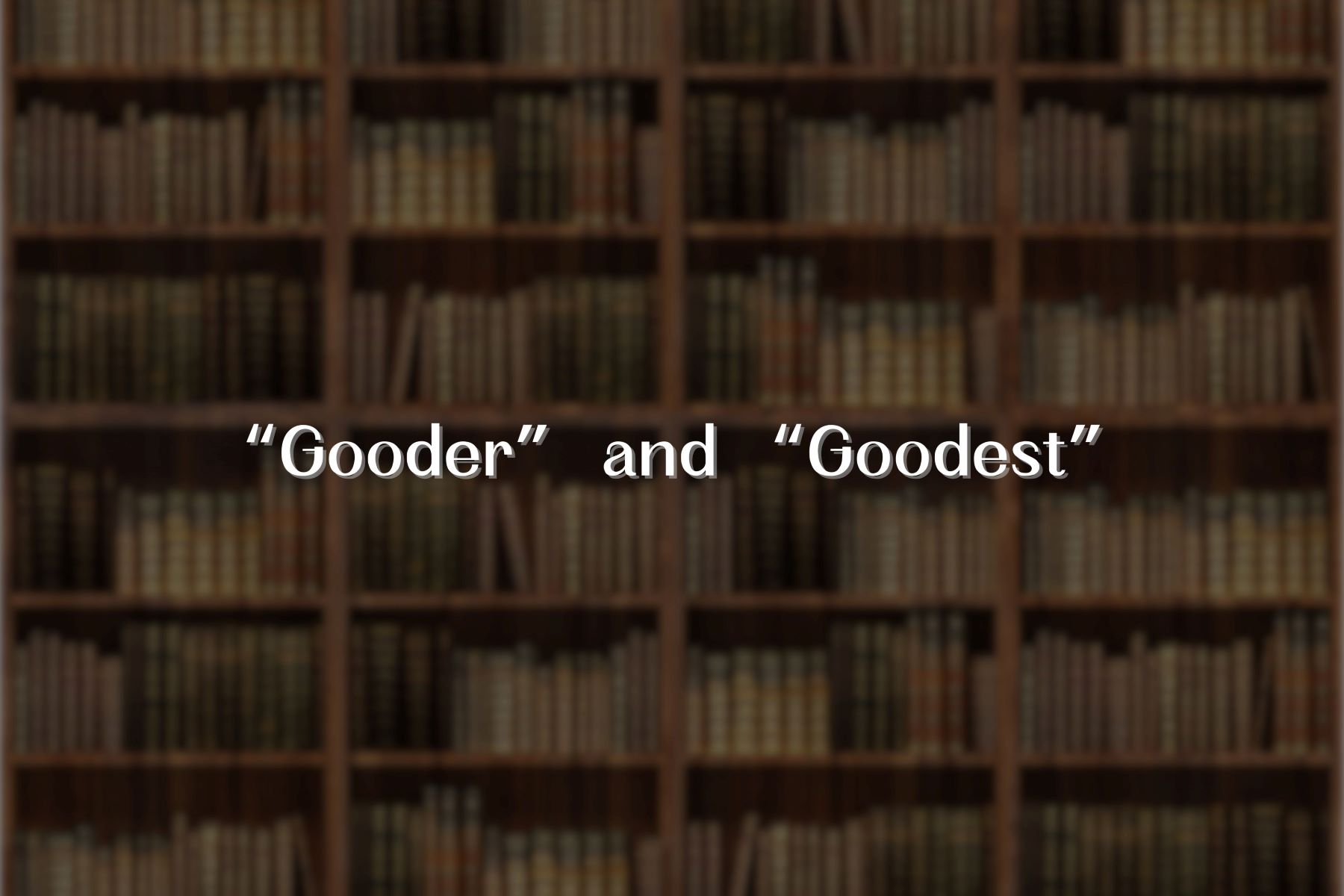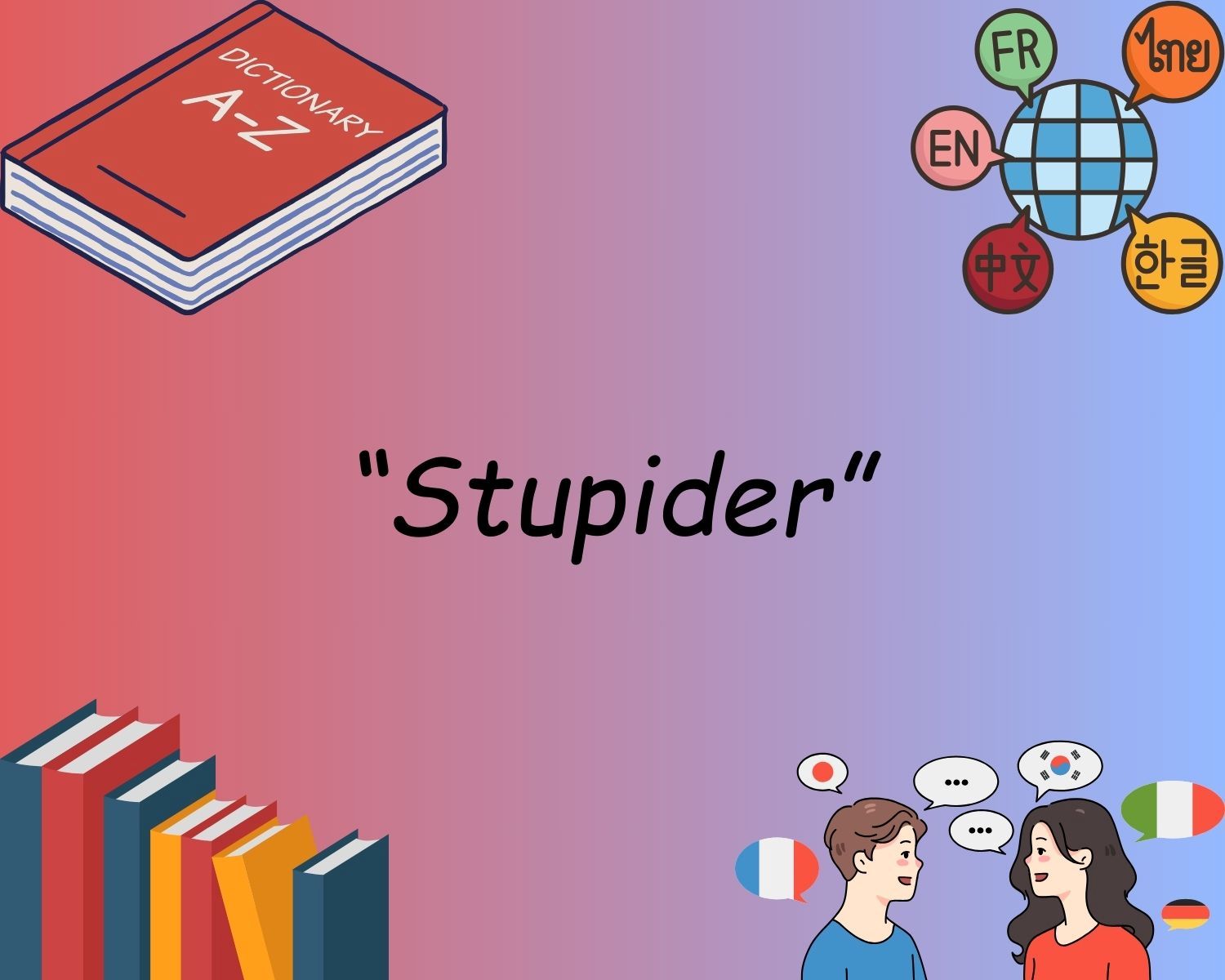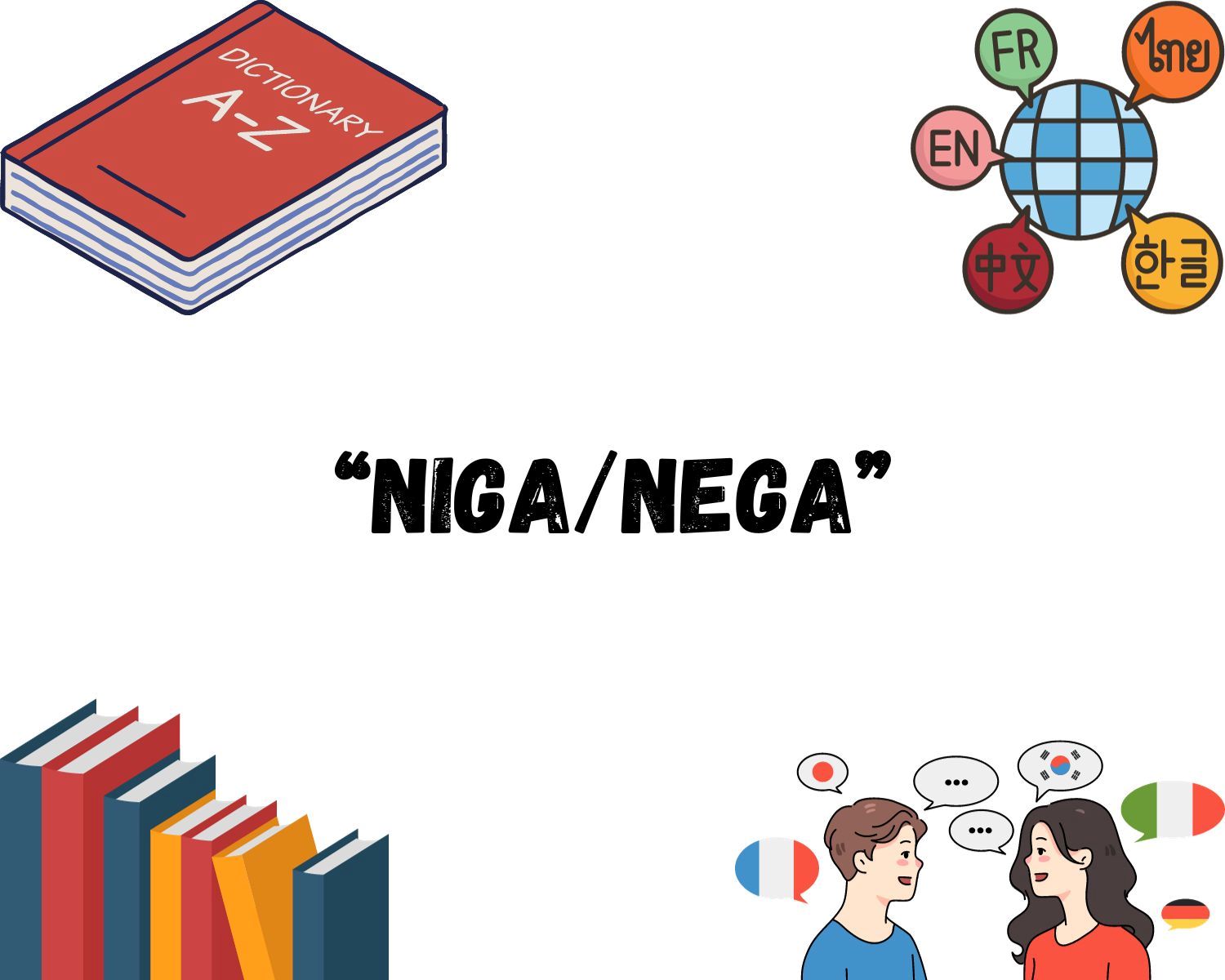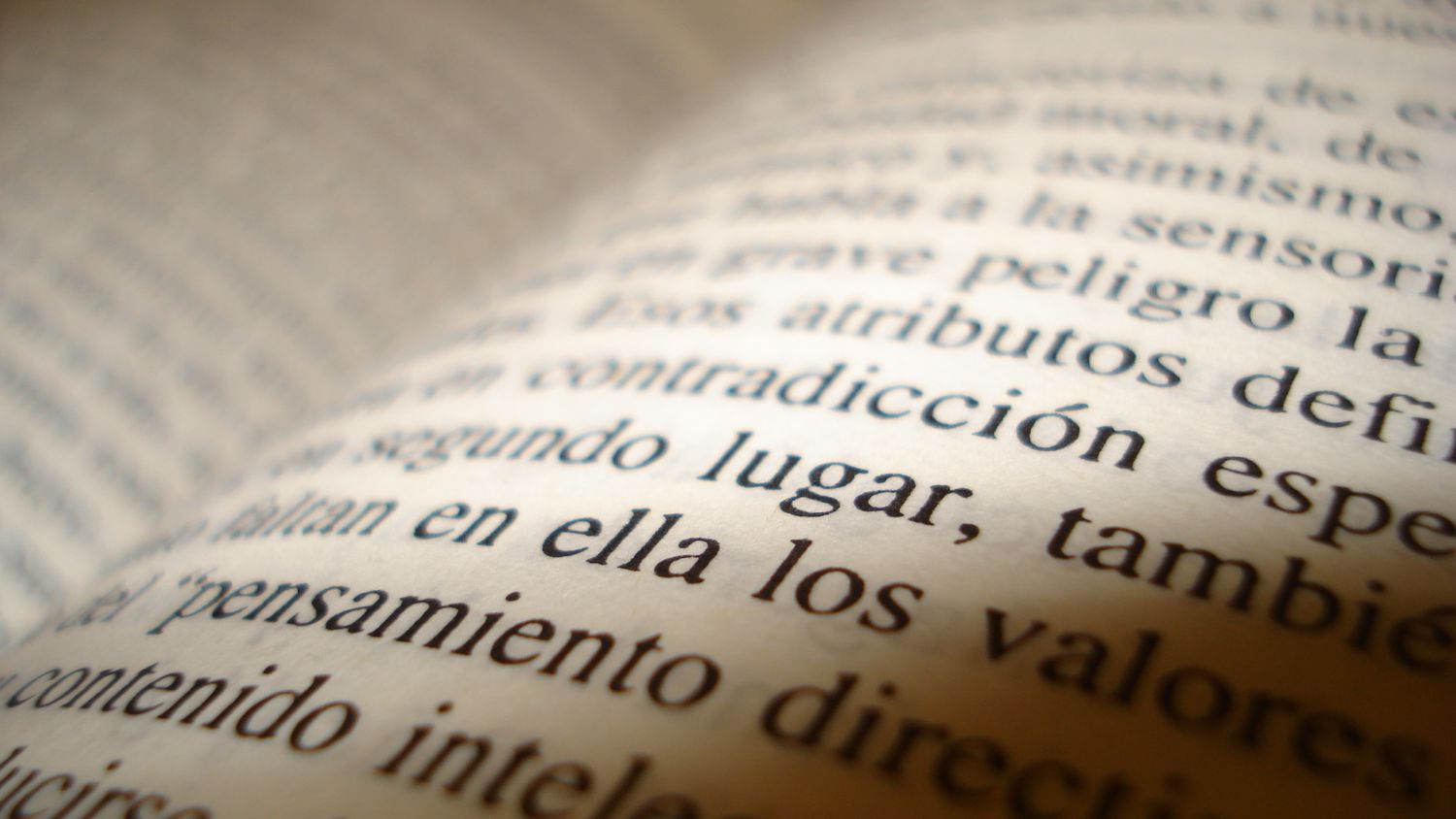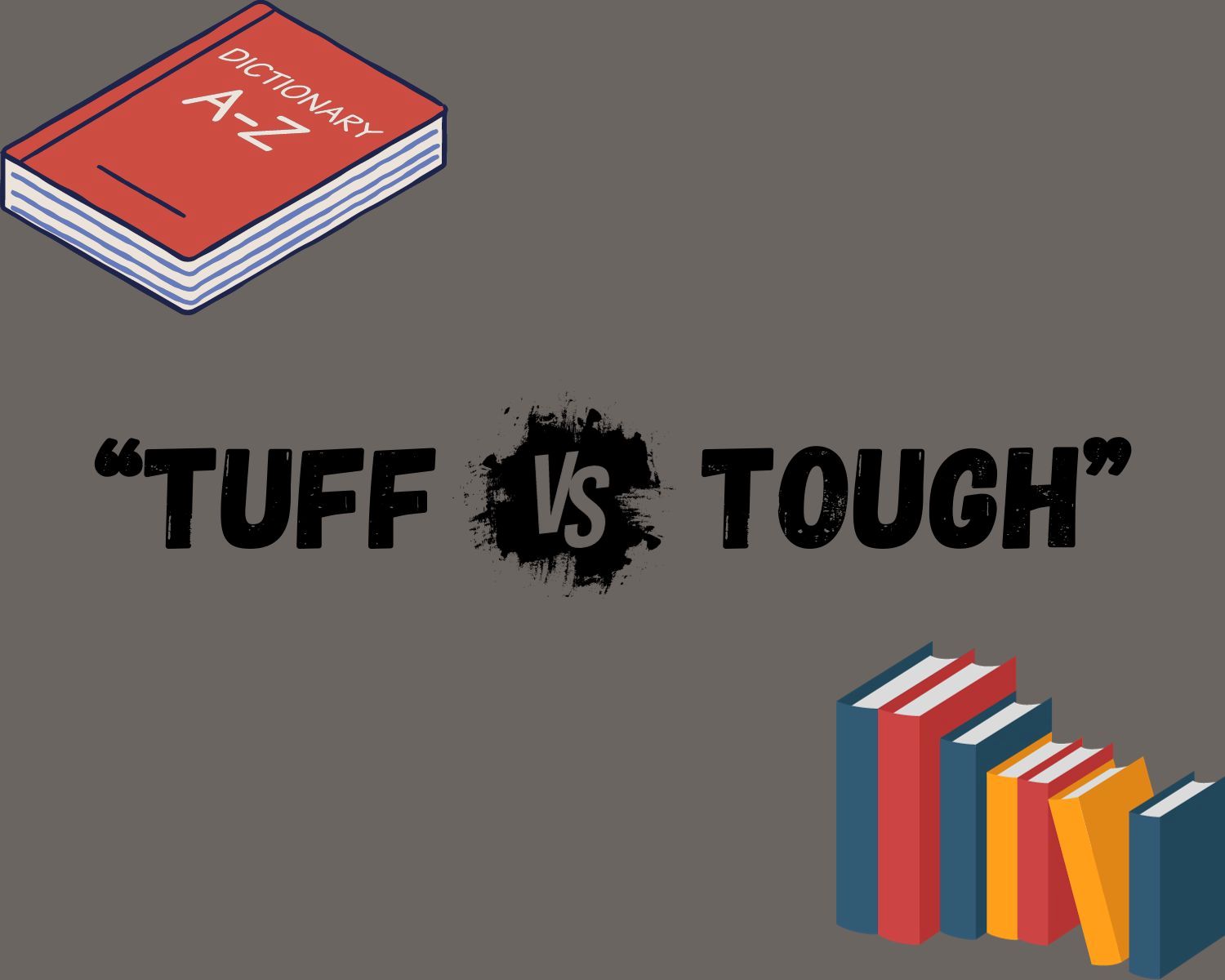Home>Language and Grammar>10 Fascinating Words For Snow In Different Languages
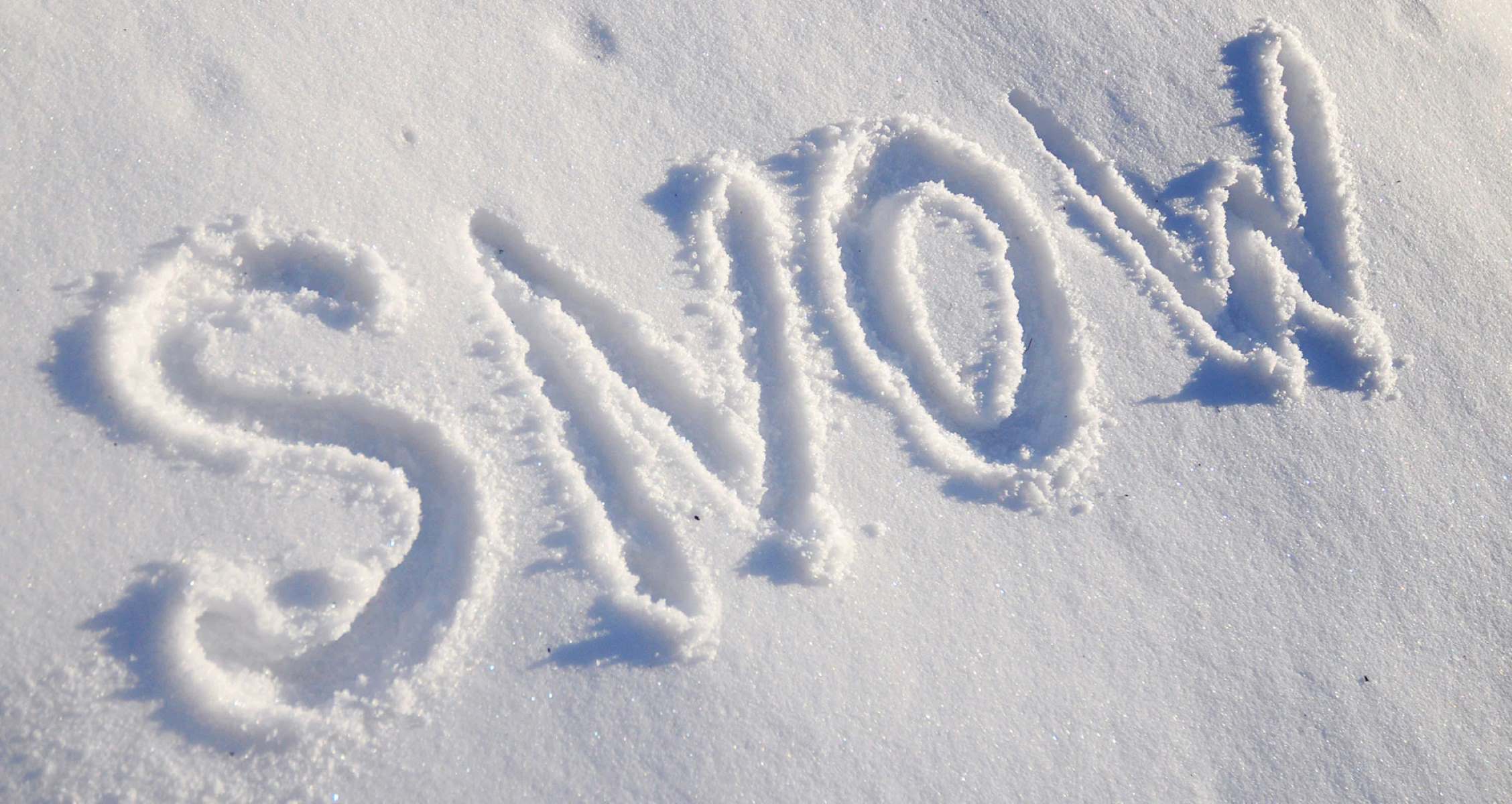

Language and Grammar
10 Fascinating Words For Snow In Different Languages
Published: February 19, 2024
Explore 10 captivating words for snow in various languages and delve into the linguistic and grammatical aspects of these unique expressions. Discover the beauty of language and grammar through the lens of snow terminology.
(Many of the links in this article redirect to a specific reviewed product. Your purchase of these products through affiliate links helps to generate commission for Regretless.com, at no extra cost. Learn more)
Table of Contents
Eskimo-Aleut Languages
The Eskimo-Aleut language family encompasses a diverse range of languages spoken by indigenous peoples across the Arctic regions of North America and eastern Siberia. These languages are deeply rooted in the cultures and environments of their speakers, reflecting the significance of snow and ice in their daily lives. Within the Eskimo-Aleut language family, several captivating words exist to describe the various forms and conditions of snow.
-
Iñupiaq (North Alaska): In Iñupiaq, the word "aput" is used to refer to snow on the ground. This language distinguishes between different types of snow, recognizing that the texture and condition of snow can vary significantly.
-
Yupik (Western Alaska): The Yupik language features the term "qanuk," which denotes falling snow. This distinction highlights the Yupik people's acute awareness of the nuances in snowfall, each type carrying its own significance and impact on their daily activities.
-
Aleut (Aleutian Islands): In the Aleut language, "kinrak" is used to describe the snow that is crusted on the surface. This term reflects the Aleut people's familiarity with the changing states of snow and their ability to adapt to its diverse forms.
-
Siberian Yupik (Eastern Siberia): The Siberian Yupik language includes the word "kanek" to represent the snow cover. This term encapsulates the Siberian Yupik people's deep connection to the land and their profound understanding of the snow's characteristics.
The Eskimo-Aleut languages offer a rich tapestry of words that capture the multifaceted nature of snow, demonstrating the intricate relationship between language, culture, and the environment. These languages serve as a testament to the profound wisdom and knowledge of indigenous Arctic communities, showcasing their ability to perceive and articulate the subtle distinctions within the snowy landscapes they call home.
Russian
The Russian language, renowned for its depth and complexity, boasts a diverse vocabulary that reflects the country's vast and varied landscapes. When it comes to describing snow, Russian offers a fascinating array of words that encapsulate the nuances of this elemental phenomenon.
One of the most well-known Russian words for snow is "снег" (sneg), which represents the general concept of snow as it falls from the sky or blankets the ground. However, the richness of the Russian language becomes evident in its ability to capture the intricacies of snow in more specific terms.
For instance, "пушистый снег" (pushistyy sneg) refers to fluffy, powdery snow, evoking images of pristine winter wonderlands and soft, untouched drifts. This term conveys a sense of purity and tranquility, conjuring visions of serene landscapes adorned with delicate layers of pristine snow.
On the other hand, "мокрый снег" (mokryy sneg) describes wet, slushy snow, often associated with the onset of spring or milder temperatures. This type of snow carries a different texture and conveys a sense of transition, signaling the changing seasons and the gradual thawing of winter's grip.
Furthermore, Russian encompasses the term "снежинки" (snezhinki), which specifically denotes snowflakes. This word captures the exquisite beauty of individual snowflakes as they gracefully descend from the sky, each one unique in its delicate crystalline structure.
In addition to these descriptive terms, Russian also features expressions that convey the act of snowfall itself. "Идет снег" (idet sneg) signifies the phrase "it is snowing," encapsulating the ongoing process of snow descending from the heavens and enveloping the earth in its wintry embrace.
The depth and precision of the Russian language's vocabulary for snow reflect the profound significance of winter in Russian culture and the enduring connection between the people and their snowy surroundings. These words not only serve as linguistic tools but also as windows into the Russian experience of winter, offering insights into the country's rich traditions, folklore, and enduring appreciation for the beauty of snow.
The Russian language's ability to capture the diverse manifestations of snow underscores its role as a mirror of the natural world and a vessel for preserving the cultural heritage of the Russian people. Through its intricate lexicon for snow, Russian invites us to explore the captivating tapestry of winter landscapes and the profound emotions they evoke, inviting us to immerse ourselves in the enchanting realm of snow as seen through the lens of the Russian language.
Japanese
The Japanese language, renowned for its elegance and precision, offers a captivating array of words to describe the multifaceted nature of snow. In Japan, where the seasons hold profound cultural and spiritual significance, the vocabulary related to snow reflects a deep appreciation for its beauty and symbolism.
One of the most well-known Japanese words for snow is "雪" (yuki), which encapsulates the general concept of snow as it falls from the sky or blankets the landscape in a serene white cloak. However, the richness of the Japanese language becomes apparent in its ability to capture the diverse forms and conditions of snow through more specific terms.
For instance, "霙" (mizore) refers to sleet or freezing rain, depicting the delicate yet treacherous phenomenon of ice particles descending from the sky. This term conveys the transient nature of winter, where the boundary between snow and rain becomes blurred, creating a shimmering, crystalline landscape.
Furthermore, "吹雪" (fubuki) represents a blizzard, embodying the raw power and intensity of a snowstorm as it unleashes its fury upon the land. This word conjures images of swirling snowflakes and howling winds, evoking a sense of awe and reverence for nature's formidable display.
In addition to these descriptive terms, Japanese also features expressions that capture the act of snowfall itself. "雪が降る" (yuki ga furu) signifies the phrase "it is snowing," encapsulating the serene yet transformative process of snow descending from the heavens and enveloping the world in its tranquil embrace.
Moreover, the Japanese language includes the term "雪解け" (yukidoke), which specifically denotes the melting of snow. This word carries a sense of renewal and transition, symbolizing the arrival of spring and the gradual awakening of the natural world from its winter slumber.
The depth and nuance of the Japanese language's vocabulary for snow reflect the profound connection between the Japanese people and the seasonal rhythms of their environment. These words not only serve as linguistic tools but also as windows into the Japanese experience of winter, offering insights into the country's rich traditions, art, and enduring reverence for the ephemeral beauty of snow.
The Japanese language's ability to capture the diverse manifestations of snow underscores its role as a mirror of the natural world and a vessel for preserving the cultural heritage of Japan. Through its intricate lexicon for snow, Japanese invites us to immerse ourselves in the enchanting realm of winter landscapes and the profound emotions they evoke, inviting us to explore the captivating tapestry of snow as seen through the lens of the Japanese language.
Inuktitut
Inuktitut, the language spoken by the Inuit people of Canada, Greenland, and Alaska, offers a profound and intricate vocabulary for describing the diverse manifestations of snow. For the Inuit, whose lives are intimately intertwined with the Arctic landscape, snow represents far more than a meteorological phenomenon—it is a fundamental aspect of their cultural identity and way of life. Within the rich tapestry of Inuktitut words related to snow, a captivating array of terms exists to capture the nuances and significance of this elemental substance.
One of the most striking aspects of Inuktitut's lexicon for snow is its remarkable specificity. Rather than relying on a single catch-all term for snow, Inuktitut distinguishes between various types and conditions of snow, reflecting the Inuit people's acute awareness of the subtle differences within their frozen environment. For example, the word "aqilokoq" refers to soft, freshly fallen snow, embodying the image of pristine powder gently blanketing the earth. This term encapsulates the tranquility and purity of newly fallen snow, evoking a sense of serenity and renewal within the winter landscape.
In contrast, "piegnartoq" describes snow that is crusted on the surface, reflecting the Inuit people's familiarity with the changing states of snow and their ability to adapt to its diverse forms. This term conveys the hardened, compacted nature of snow, highlighting the practical implications of different snow conditions for travel and daily activities in the Arctic environment.
Furthermore, Inuktitut includes the term "pukak," which specifically denotes crystalline, granular snow—the type of snow that is ideal for building traditional igloos and other structures essential for survival in the harsh Arctic climate. This word not only reflects the Inuit people's expertise in utilizing snow as a building material but also underscores the deep cultural significance of snow in shaping their architectural traditions and communal practices.
Inuktitut's nuanced vocabulary for snow serves as a testament to the Inuit people's profound connection to their environment and their ability to perceive and articulate the subtle distinctions within the snowy landscapes they call home. These words not only convey practical information about snow conditions but also embody the cultural, spiritual, and ecological dimensions of snow within Inuit society.
The depth and precision of Inuktitut's lexicon for snow underscore the language's role as a repository of traditional knowledge and a reflection of the Inuit people's deep-seated bond with the natural world. Through its intricate vocabulary for snow, Inuktitut invites us to explore the captivating tapestry of winter landscapes and the profound emotions they evoke, offering a glimpse into the Inuit experience of snow as seen through the lens of their language.
Finnish
The Finnish language, renowned for its rich linguistic heritage and cultural significance, offers a captivating array of words to describe the multifaceted nature of snow. In Finland, where the winter season holds profound importance and shapes the rhythms of daily life, the vocabulary related to snow reflects a deep appreciation for its beauty and transformative power.
One of the most well-known Finnish words for snow is "lumi," which encapsulates the general concept of snow as it blankets the landscape in a serene, glistening veil. However, the richness of the Finnish language becomes apparent in its ability to capture the diverse forms and conditions of snow through more specific terms.
For instance, "hanki" represents the crisp, compacted snow that forms a thick, supportive layer on the ground, ideal for winter activities such as skiing and snowshoeing. This term conveys a sense of solidity and stability, reflecting the role of snow as a foundational element in Finnish outdoor pursuits and recreational traditions.
Furthermore, "tykky" refers to the accumulation of wet, heavy snow on tree branches, creating a picturesque winter scene reminiscent of a fairytale forest. This word evokes a sense of enchantment and wonder, highlighting the visual splendor of snow-laden landscapes and the ethereal beauty it bestows upon the natural world.
In addition to these descriptive terms, Finnish also features expressions that capture the act of snowfall itself. "Sataa lunta" signifies the phrase "it is snowing," encapsulating the serene yet transformative process of snow descending from the heavens and enveloping the world in its tranquil embrace.
Moreover, the Finnish language includes the term "puuterilumi," which specifically denotes powdery, fine snow, often associated with pristine, untouched winter landscapes. This word conveys a sense of delicacy and purity, conjuring images of soft, velvety snow covering the earth like a shimmering blanket.
The depth and nuance of the Finnish language's vocabulary for snow reflect the profound connection between the Finnish people and the seasonal rhythms of their environment. These words not only serve as linguistic tools but also as windows into the Finnish experience of winter, offering insights into the country's rich traditions, folklore, and enduring reverence for the ephemeral beauty of snow.
The Finnish language's ability to capture the diverse manifestations of snow underscores its role as a mirror of the natural world and a vessel for preserving the cultural heritage of Finland. Through its intricate lexicon for snow, Finnish invites us to immerse ourselves in the enchanting realm of winter landscapes and the profound emotions they evoke, inviting us to explore the captivating tapestry of snow as seen through the lens of the Finnish language.
Read more: 10 Amazing Positive Words That Start With A
Norwegian
The Norwegian language, deeply intertwined with the country's stunning natural landscapes and rich cultural heritage, offers a captivating array of words to describe the multifaceted nature of snow. In Norway, where winter holds profound significance and shapes the rhythms of daily life, the vocabulary related to snow reflects a deep appreciation for its beauty and transformative power.
One of the most well-known Norwegian words for snow is "snø," which encapsulates the general concept of snow as it blankets the landscape in a serene, glistening veil. However, the richness of the Norwegian language becomes apparent in its ability to capture the diverse forms and conditions of snow through more specific terms.
For instance, "fokksnø" represents the snowdrifts formed by strong winds, creating sculpted, undulating formations that adorn the winter terrain. This term conveys a sense of dynamic movement and transformation, highlighting the ever-changing nature of snow and its ability to shape the land in mesmerizing ways.
Furthermore, "skavl" refers to the overhanging ledges of snow and ice often found clinging to mountain slopes, embodying the raw power and majesty of Norway's alpine landscapes. This word evokes a sense of awe and reverence for the formidable presence of snow in the country's mountainous regions, where it plays a central role in shaping the terrain and defining the character of the wilderness.
In addition to these descriptive terms, Norwegian also features expressions that capture the act of snowfall itself. "Det snør" signifies the phrase "it is snowing," encapsulating the serene yet transformative process of snow descending from the heavens and enveloping the world in its tranquil embrace.
Moreover, the Norwegian language includes the term "skavlbrudd," which specifically denotes the phenomenon of a snow or ice avalanche, reflecting the inherent power and potential danger associated with snow in Norway's mountainous terrain. This word underscores the need for respect and caution in the face of nature's formidable forces, emphasizing the profound impact of snow on the country's landscapes and communities.
The depth and nuance of the Norwegian language's vocabulary for snow reflect the profound connection between the Norwegian people and the seasonal rhythms of their environment. These words not only serve as linguistic tools but also as windows into the Norwegian experience of winter, offering insights into the country's rich traditions, folklore, and enduring reverence for the ephemeral beauty of snow.
The Norwegian language's ability to capture the diverse manifestations of snow underscores its role as a mirror of the natural world and a vessel for preserving the cultural heritage of Norway. Through its intricate lexicon for snow, Norwegian invites us to immerse ourselves in the enchanting realm of winter landscapes and the profound emotions they evoke, inviting us to explore the captivating tapestry of snow as seen through the lens of the Norwegian language.
Icelandic
The Icelandic language, deeply rooted in the country's breathtaking natural wonders and rich cultural heritage, offers a captivating array of words to describe the multifaceted nature of snow. In Iceland, where winter holds profound significance and shapes the rhythms of daily life, the vocabulary related to snow reflects a deep appreciation for its beauty and transformative power.
One of the most well-known Icelandic words for snow is "snjór," which encapsulates the general concept of snow as it blankets the landscape in a serene, glistening veil. However, the richness of the Icelandic language becomes apparent in its ability to capture the diverse forms and conditions of snow through more specific terms.
For instance, "hjarn" represents the hard, dense snow that forms a solid, icy layer, often encountered in the aftermath of freezing rain or sleet. This term conveys a sense of resilience and endurance, reflecting the ability of snow to endure and persist in the face of challenging weather conditions.
Furthermore, "fannur" refers to a light dusting of snow, creating a delicate, ethereal layer that adorns the landscape with a shimmering, crystalline sheen. This word evokes a sense of enchantment and wonder, highlighting the visual splendor of snow-covered vistas and the transformative impact of even the slightest snowfall.
In addition to these descriptive terms, Icelandic also features expressions that capture the act of snowfall itself. "Það snjóar" signifies the phrase "it is snowing," encapsulating the serene yet transformative process of snow descending from the heavens and enveloping the world in its tranquil embrace.
Moreover, the Icelandic language includes the term "fönn," which specifically denotes the melting of snow or ice, symbolizing the transition from winter to spring and the renewal of the natural world. This word carries a sense of rejuvenation and transformation, reflecting the cyclical rhythms of the Icelandic landscape and the profound impact of snow on the country's ecosystems.
The depth and nuance of the Icelandic language's vocabulary for snow reflect the profound connection between the Icelandic people and the seasonal rhythms of their environment. These words not only serve as linguistic tools but also as windows into the Icelandic experience of winter, offering insights into the country's rich traditions, folklore, and enduring reverence for the ephemeral beauty of snow.
The Icelandic language's ability to capture the diverse manifestations of snow underscores its role as a mirror of the natural world and a vessel for preserving the cultural heritage of Iceland. Through its intricate lexicon for snow, Icelandic invites us to immerse ourselves in the enchanting realm of winter landscapes and the profound emotions they evoke, inviting us to explore the captivating tapestry of snow as seen through the lens of the Icelandic language.
French
The French language, celebrated for its eloquence and cultural significance, presents a captivating lexicon to articulate the diverse facets of snow. In France, where the winter season holds profound importance and influences various aspects of life, the vocabulary related to snow reflects a deep appreciation for its beauty and transformative power.
One of the most renowned French words for snow is "neige," encapsulating the general concept of snow as it blankets the landscape in a serene, glistening veil. However, the richness of the French language becomes evident in its ability to capture the diverse forms and conditions of snow through more specific terms.
For instance, "poudreuse" represents powdery, fine snow, often associated with pristine, untouched winter landscapes. This term conveys a sense of delicacy and purity, conjuring images of soft, velvety snow covering the earth like a shimmering blanket. It evokes a feeling of tranquility and serenity, inviting individuals to immerse themselves in the enchanting realm of winter landscapes.
Furthermore, "bourrasque de neige" refers to a snow squall, embodying the sudden and intense nature of a localized snowstorm. This term conveys a sense of dynamic movement and transformation, highlighting the fleeting yet impactful nature of snowfall in specific regions.
In addition to these descriptive terms, French also features expressions that capture the act of snowfall itself. "Il neige" signifies the phrase "it is snowing," encapsulating the serene yet transformative process of snow descending from the heavens and enveloping the world in its tranquil embrace.
Moreover, the French language includes the term "fonte des neiges," which specifically denotes the melting of snow. This word carries a sense of transition and renewal, symbolizing the arrival of spring and the gradual awakening of the natural world from its winter slumber.
The depth and nuance of the French language's vocabulary for snow reflect the profound connection between the French people and the seasonal rhythms of their environment. These words not only serve as linguistic tools but also as windows into the French experience of winter, offering insights into the country's rich traditions, art, and enduring reverence for the ephemeral beauty of snow.
The French language's ability to capture the diverse manifestations of snow underscores its role as a mirror of the natural world and a vessel for preserving the cultural heritage of France. Through its intricate lexicon for snow, French invites us to explore the captivating tapestry of winter landscapes and the profound emotions they evoke, inviting us to immerse ourselves in the enchanting realm of snow as seen through the lens of the French language.
German
The German language, renowned for its precision and depth, offers a rich tapestry of words to articulate the multifaceted nature of snow. In Germany, where the winter season holds profound cultural and environmental significance, the vocabulary related to snow reflects a deep appreciation for its beauty and transformative power.
One of the most well-known German words for snow is "Schnee," encapsulating the general concept of snow as it blankets the landscape in a serene, glistening veil. However, the richness of the German language becomes evident in its ability to capture the diverse forms and conditions of snow through more specific terms.
For instance, "Pulverschnee" represents powdery, fine snow, often associated with pristine, untouched winter landscapes. This term conveys a sense of delicacy and purity, conjuring images of soft, velvety snow covering the earth like a shimmering blanket. It evokes a feeling of tranquility and serenity, inviting individuals to immerse themselves in the enchanting realm of winter landscapes.
Furthermore, "Schneegestöber" refers to a snow flurry or snowstorm, embodying the dynamic and transformative nature of a sudden burst of snowfall. This term conveys a sense of movement and change, highlighting the ephemeral yet impactful nature of snow as it swirls and dances through the air.
In addition to these descriptive terms, German also features expressions that capture the act of snowfall itself. "Es schneit" signifies the phrase "it is snowing," encapsulating the serene yet transformative process of snow descending from the heavens and enveloping the world in its tranquil embrace.
Moreover, the German language includes the term "Schneeschmelze," which specifically denotes the melting of snow. This word carries a sense of transition and renewal, symbolizing the arrival of spring and the gradual awakening of the natural world from its winter slumber.
The depth and nuance of the German language's vocabulary for snow reflect the profound connection between the German people and the seasonal rhythms of their environment. These words not only serve as linguistic tools but also as windows into the German experience of winter, offering insights into the country's rich traditions, folklore, and enduring reverence for the ephemeral beauty of snow.
The German language's ability to capture the diverse manifestations of snow underscores its role as a mirror of the natural world and a vessel for preserving the cultural heritage of Germany. Through its intricate lexicon for snow, German invites us to explore the captivating tapestry of winter landscapes and the profound emotions they evoke, inviting us to immerse ourselves in the enchanting realm of snow as seen through the lens of the German language.
Read more: The Meaning Of The Spanish Word ‘Ándale’
Italian
The Italian language, renowned for its melodic cadence and cultural significance, offers a rich tapestry of words to articulate the multifaceted nature of snow. In Italy, where the winter season holds profound cultural and environmental significance, the vocabulary related to snow reflects a deep appreciation for its beauty and transformative power.
One of the most well-known Italian words for snow is "neve," encapsulating the general concept of snow as it blankets the landscape in a serene, glistening veil. However, the richness of the Italian language becomes evident in its ability to capture the diverse forms and conditions of snow through more specific terms.
For instance, "fiocco di neve" represents a snowflake, embodying the delicate and intricate nature of individual snow crystals. This term conveys a sense of wonder and awe, highlighting the unique and ephemeral beauty of each snowflake as it descends from the sky.
Furthermore, "neve fresca" refers to fresh, powdery snow, often associated with pristine, untouched winter landscapes. This term conveys a sense of purity and tranquility, evoking images of soft, velvety snow covering the earth like a shimmering blanket. It invites individuals to immerse themselves in the enchanting realm of winter landscapes.
In addition to these descriptive terms, Italian also features expressions that capture the act of snowfall itself. "Sta nevicando" signifies the phrase "it is snowing," encapsulating the serene yet transformative process of snow descending from the heavens and enveloping the world in its tranquil embrace.
Moreover, the Italian language includes the term "scioglimento della neve," which specifically denotes the melting of snow. This word carries a sense of transition and renewal, symbolizing the arrival of spring and the gradual awakening of the natural world from its winter slumber.
The depth and nuance of the Italian language's vocabulary for snow reflect the profound connection between the Italian people and the seasonal rhythms of their environment. These words not only serve as linguistic tools but also as windows into the Italian experience of winter, offering insights into the country's rich traditions, folklore, and enduring reverence for the ephemeral beauty of snow.
The Italian language's ability to capture the diverse manifestations of snow underscores its role as a mirror of the natural world and a vessel for preserving the cultural heritage of Italy. Through its intricate lexicon for snow, Italian invites us to explore the captivating tapestry of winter landscapes and the profound emotions they evoke, inviting us to immerse ourselves in the enchanting realm of snow as seen through the lens of the Italian language.
